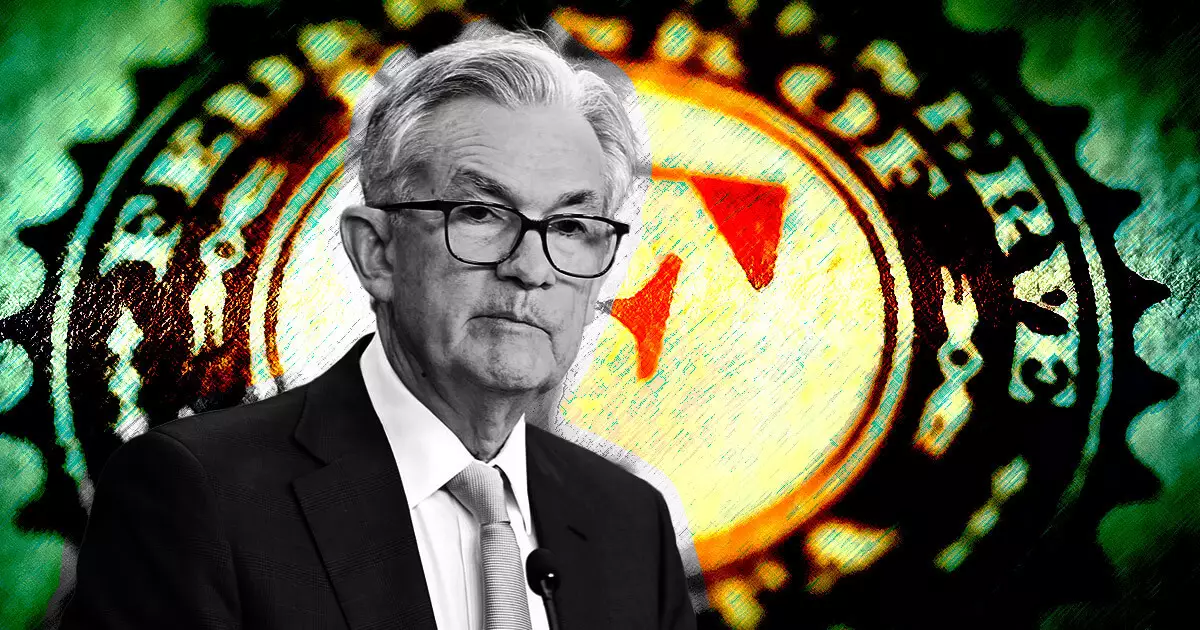The Federal Open Market Committee (FOMC) reaffirmed its dedication to raising interest rates at its September meeting. This decision was made in response to a complex economic environment marked by elevated levels of inflation, slowing job growth, and solid GDP growth. While participants acknowledged the strength of the labor market and the overall resilience of the economy, concerns over persistently high inflation remained paramount.
Economic Resilience and Inflation
The FOMC acknowledged that the economic resilience proved stronger than anticipated, thanks in part to solid real GDP growth in the third quarter. Private domestic final purchases, including personal consumption expenditures, residential investment, and business fixed investment, contributed to this growth. However, participants also expressed concerns that the current monetary policy’s restrictive stance could potentially slow down real GDP growth in the near future.
The committee observed that consumer spending remained robust, supported by a strong labor market. However, it also recognized that many households continue to face significant financial pressure due to high inflation and declining savings. As a result, there has been an increased reliance on credit to meet routine expenditures. To address these challenges, the FOMC unanimously agreed on the necessity of maintaining a restrictive monetary policy until there is a sustainable decline in inflation.
Certain participants suggested that the speed at which inflation returns to the 2% target could affect their perspectives on the optimal level of policy restrictiveness and its duration. As interest rates may have reached their peak, many participants advocated for a shift in focus, emphasizing the importance of maintaining rates at their current high levels, rather than further raising them.
The Federal Reserve’s commitment to higher rates reflects its determination to address the prevailing economic challenges. While the economy has demonstrated resilience and solid GDP growth, persistent high inflation remains a concern. The household sector continues to face financial pressure, necessitating a restrictive monetary policy. As the duration of policy restrictiveness and optimal levels of interest rates are debated, the focus has shifted from raising rates to maintaining them at current levels.
By adapting the original article’s key points and restructuring the content, a new article has been created that maintains the core information while incorporating a fresh perspective. The use of different subheadings helps organize the article and enhance readability.


Leave a Reply